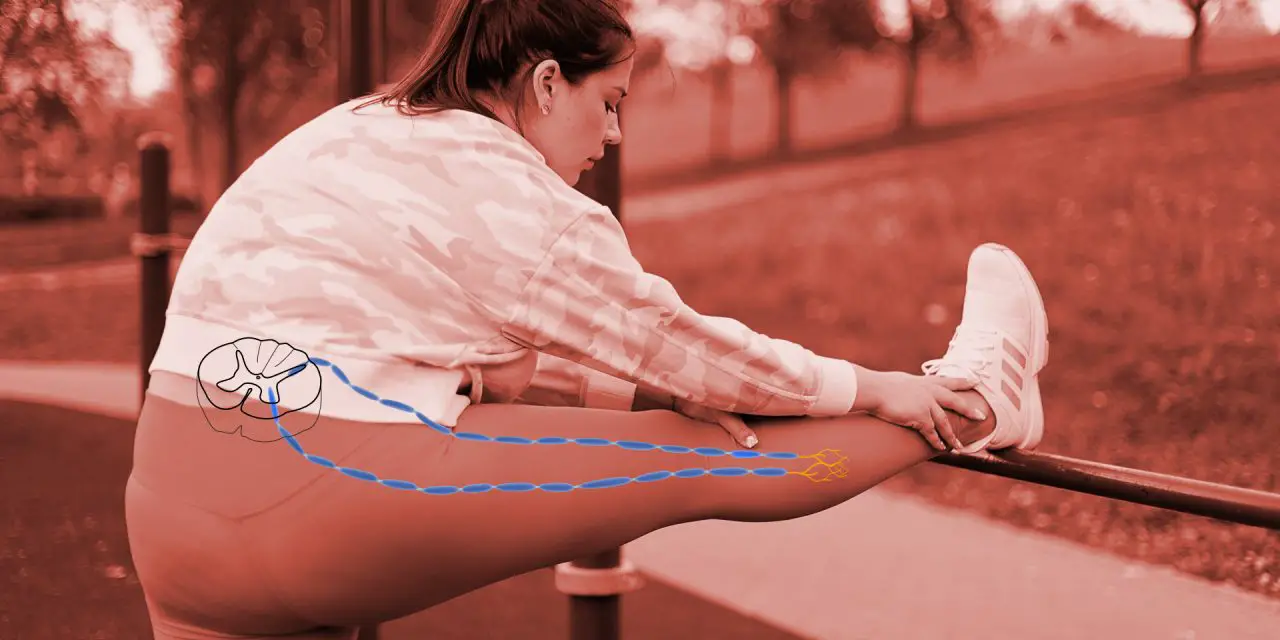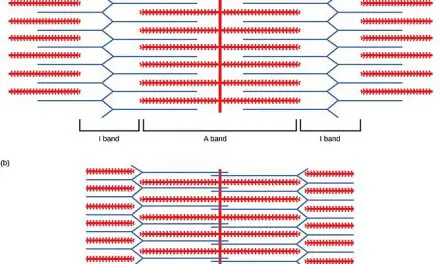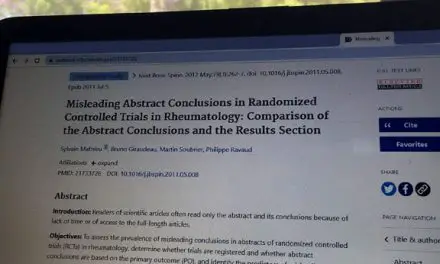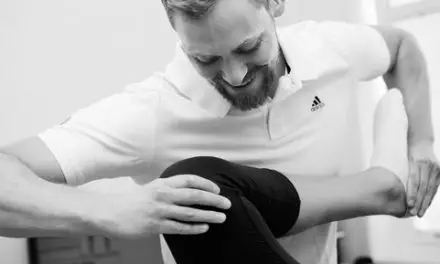A muscle spasm is a strong involuntary muscle contraction, which is often quite painful.
That’s the definition used by researchers and clinicians who study and treat what causes spasms and what can be done to treat them. Although the causes are not fully understood, there are things you can do to relieve the pain of muscle spasms.
As Philippe Coudoux, a certified massage therapist practicing at Balanced Body in Encinitas, Calif. explained, “A ‘spasm’ is an umbrella term for a lot of things. If you are experiencing a form of spasm, it’s not fun.”
So what are muscle spasms?
Despite the pain they cause, muscle spasms—also known as cramps or charley horses—are often harmless in themselves, but they can also indicate an underlying problem, such as nerve damage or liver cirrhosis.
Cramps begin with the nervous systems activating the muscle contraction cycle. They can ultimately be caused by any number of things: medication, dehydration, lack of electrolytes, uncomfortable positioning. And sometimes there’s no obvious cause for cramps.
Whatever starts the involuntary muscle contraction cycle, the result is the same: the muscle contracts suddenly along the same path as a normal voluntary muscle contraction, but this time, it’s not under the person’s conscious control.
Muscle spasms themselves also can cause muscle damage by tearing muscle fibers. If muscle soreness persists after a spasm is resolved, that’s also worth following up with your healthcare provider. And if a spasm persists for more than a few moments, or it keeps recurring right after going away, it can cause quality-of-life problems that may need more intervention than stretching or massage can provide.
Does massage help muscle spasms?
Although massage therapy and stretching can be very helpful in relieving muscle spasms, just walking around can sometimes relieve muscle cramps in the legs.
But how does this work, and what does it mean for the physiological mechanisms of massage therapy? The research into this area is surprisingly sparse.
However, there’s enough of a physiological foundation there that we can offer some plausible hypotheses that are consistent with the current understanding about how the musculoskeletal and nervous systems work.
Muscle spasms tend to start with some kind of nerve signal that triggers the muscle to contract involuntarily in a painful way.
The distance from the skin (where the massage is occurring) to the muscle itself (plus the layers of skin, fat, and other tissues between the skin and the muscle) make it extremely unlikely that it’s the direct pressure on the muscle cells themselves relieving the spasm.
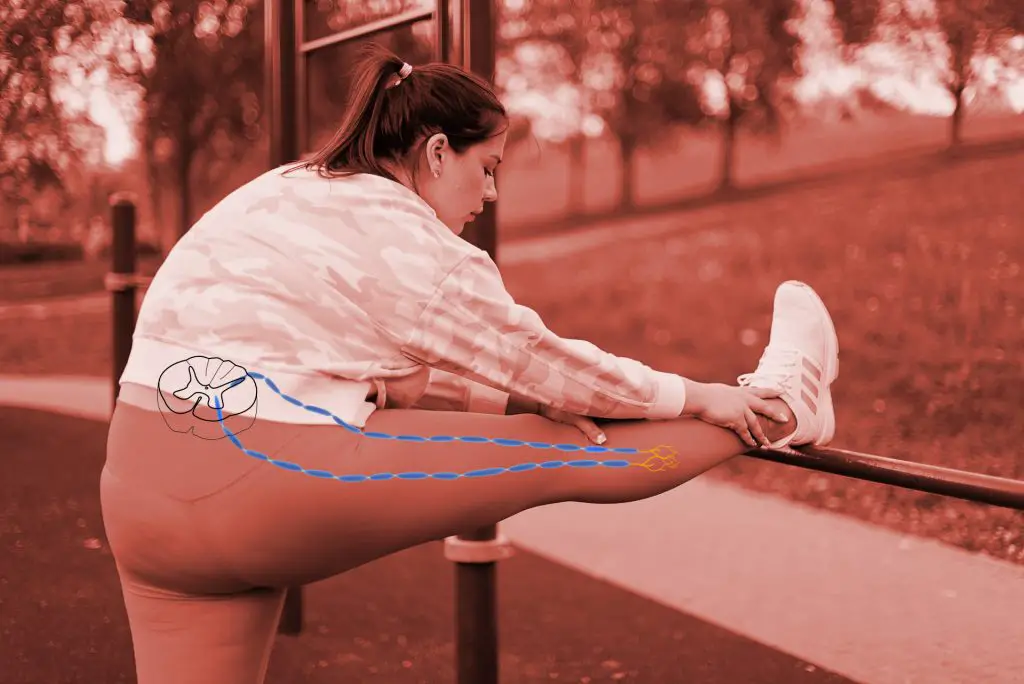
Stretching may reduce muscle spasms. (Illustration by Nick Ng; photo by Mikhail Nilov (Pexels) with duotone modification.)
Instead, it’s much more likely that the action of massage on the nervous system is acting to change the firing of the neurons that are provoking the muscle contractions.
The relief that the physical touch or massage (or stretching or walking for that matter) seems to support this idea because if massage affected only the muscle fibers and not the neurons, then the relief would be very short-lived.
The nerve would still be firing and—after the touch stopped—the muscle would go right back to contracting.
From the relief that touch or massage or other physical methods apply, it’s very reasonable to conclude that the effect of massage is on the nervous system rather than on the muscle system.
And the fact that sometimes it takes several tries before the relief lasts also reinforces this model; there isn’t always a one-to-one correspondence between what we do and the effect it has on the nervous system.
And so, sometimes we have to repeat the massage or the stretch before we hit the sweet spot to get the nerves to stop firing to provoke the spasm.
This idea is consistent with what we already know about how anatomy and physiology work in the natural world, and unless more and better research comes along to point to a better explanation, it’s a reasonable theoretical model to base our work upon for clients who experience muscle spasms.
Muscle spasms during a massage
If a client has muscle cramps during a massage, and you don’t have any reason to suspect an emergency, then you can work together with the client to resolve it.
Although there are many examples of using touch or massage to relieve muscle spasms, the question of how well it works is surprisingly understudied.
There are limited studies on specific examples, such as the masseter muscle, where massage was found to have a positive effect on pain without affecting electrical activity causing the underlying muscle tone.
Sometimes, positioning can cause muscle spasms. For example, a client may find it difficult to get comfortable on the table and may experience back or leg cramps.
By attentively checking in with the client and finding out what does and doesn’t work for them, massage therapists can help clients to resolve spasms that occur during a session.
If you’re a massage therapist, and a client has muscle cramps during a session, then—under normal circumstances—it’s probably ok to massage it. But be aware of the larger context: if you’re practicing sports massage at an athletic event, then cramps can be a symptom of heat exhaustion.
Don’t just overlook the significance of cramps in a case like this. Check in with the client to find out whether they have other symptoms of heat exhaustion, such as thirst, weakness, or headache.
If you even suspect that their cramps might be caused by heat exhaustion, then get immediate medical help from the staff at the event.
Similarly, if a client experiences cramps in your office, and you suspect that it may be associated with something more than a simple muscle spasm, recommend to them that they consult their healthcare provider.
Coudoux has a straightforward, client-centered way for treating leg cramps. “I have used a simple strategy with my clients over the years for us to deal with it,” he said. “I’ve asked them to tell me what is helping them feel better during the session.
He believes that massage therapists should listen to their clients and encourage them to “explore options.”
“Some clients want more pressure, others feel better with less pressure, and some want us to create a stretching movement in the area. If it is getting worse or stays uncomfortable, I ask them if they want to move, stand up, or stop the session,” Coudoux said.
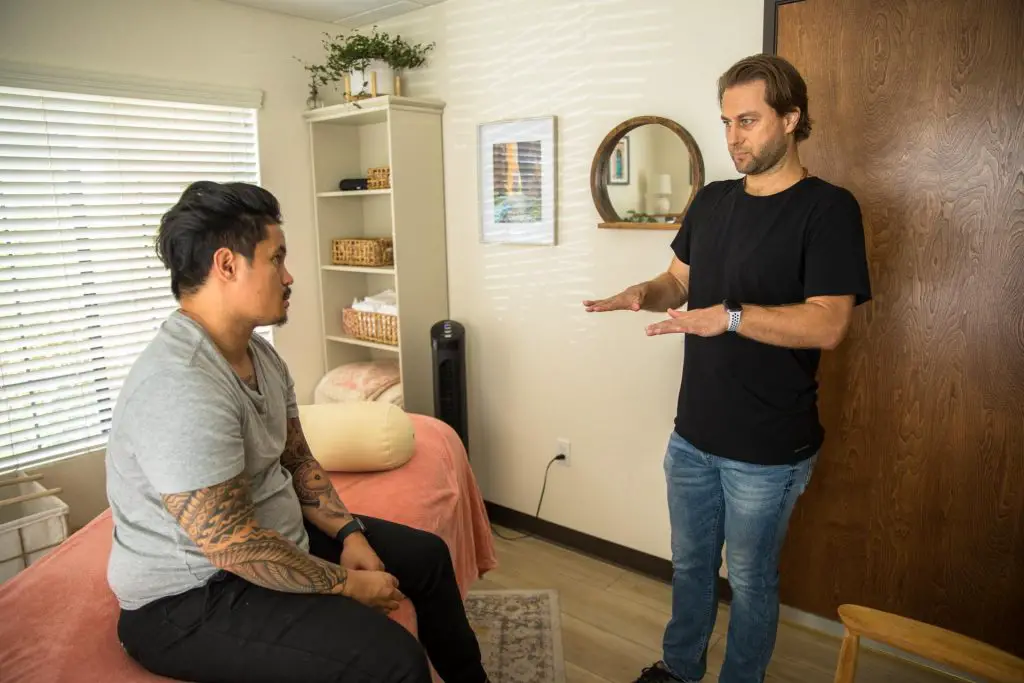
Licensed massage therapist Philippe Coudoux (r) believes that therapists should encourage clients to explore options in treatment while listening and understanding their clients’ concerns. (Photo courtesy of Philippe Coudoux)
Muscle spasms after a massage
If you experience muscle spasms after a massage, try stretching, self-massage, and if it’s leg cramps, walking around. Observe what helps to relieve the cramps and what doesn’t.
After the cramp is resolved, see if it feels back to normal or if there’s lingering pain. If you have any pain, or if pain keeps recurring, consult your healthcare provider. There’s a very small chance that they might indicate a more serious healthcare condition.
Tell this to your massage therapist at your next appointment, and work together to find solutions. Maybe different positioning, a drink of water before the massage begins, or another solution might work to prevent muscle cramps after a massage.
“As a massage therapist, I think listening to our clients and encouraging them to explore options could be a way through,” Coudoux said. “For example, they could try movement based exercise, checking their health status with a physician, instead of, or in parallel to massage. This approach might require a bit more effort than relief in the short term. In the long term, this interaction can allow the individual to feel ownership over their health.”
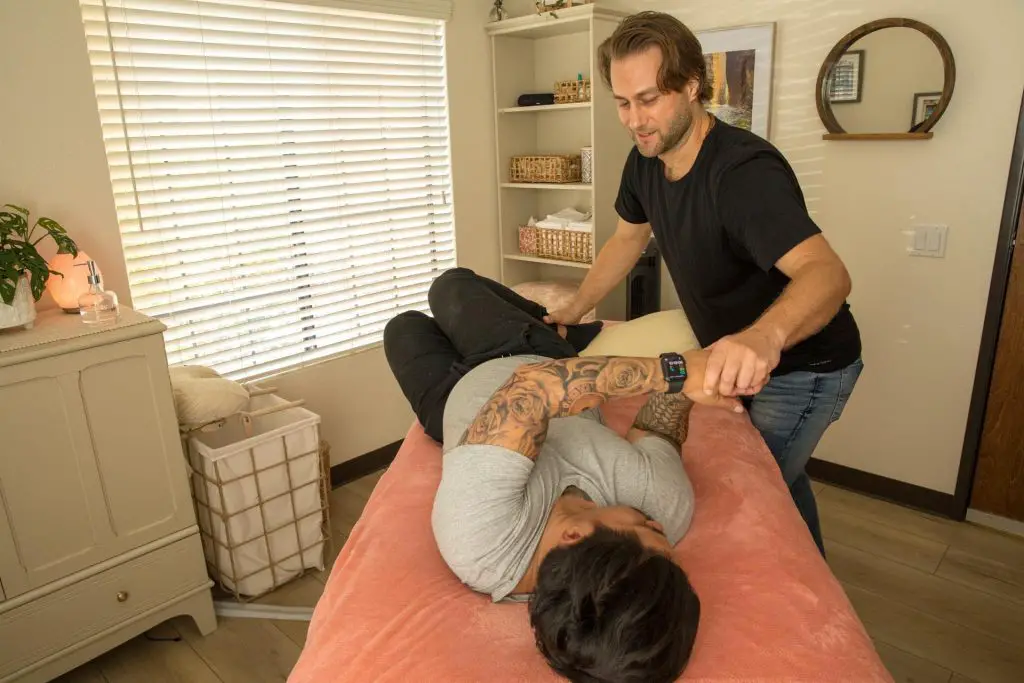
(Photo courtesy of Philippe Coudoux.)


